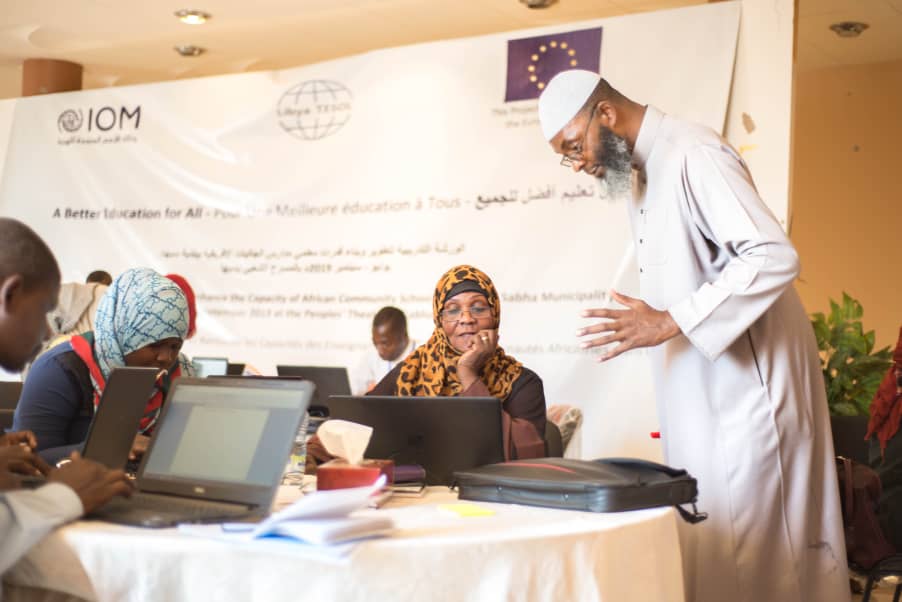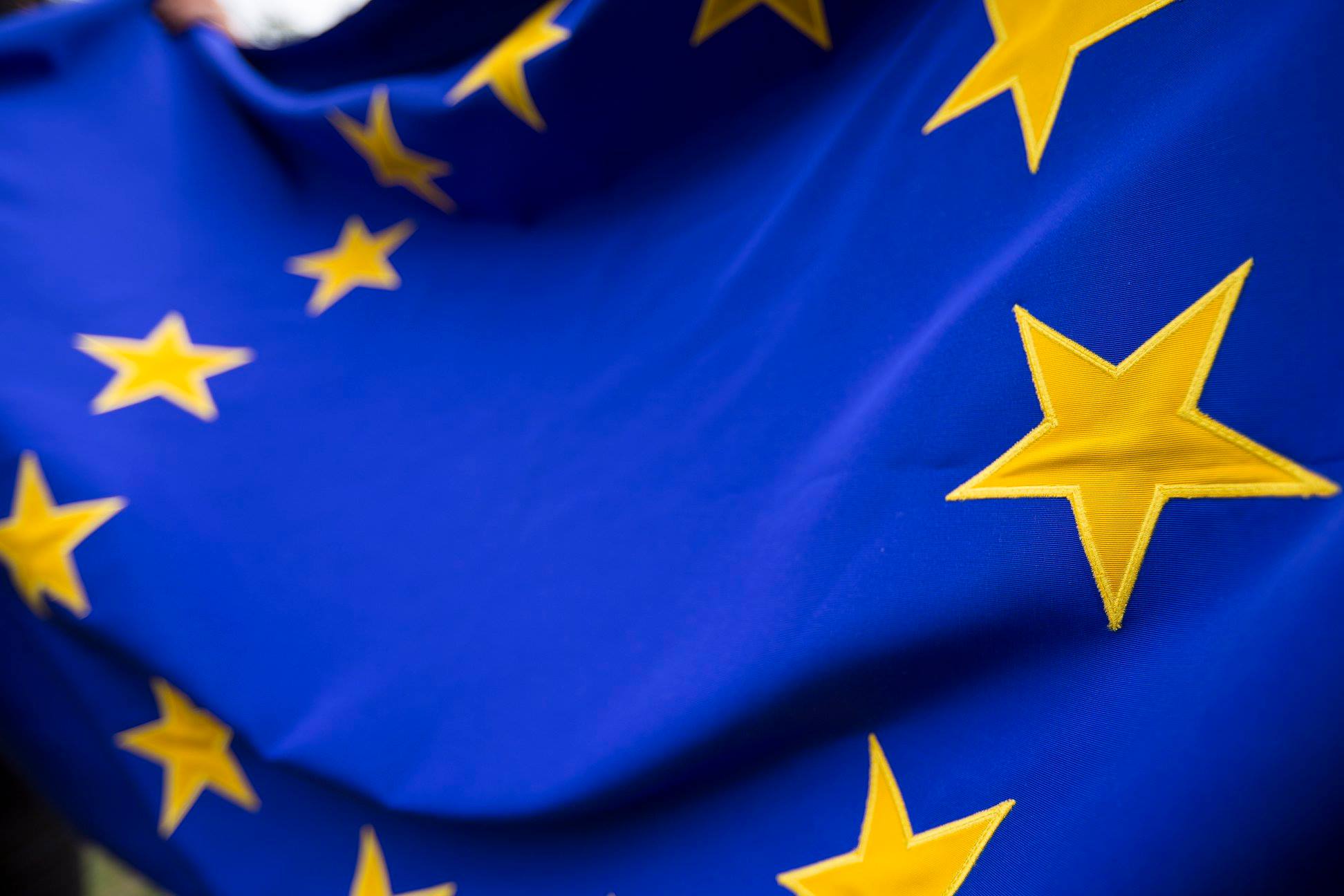Migration: European Commission calls for further actions along the Central Mediterranean Route
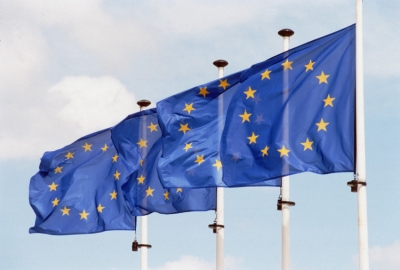
Ahead of the European Council meeting next week, the European Commission and the EU High Representative Federica Mogherini are today presenting the first steps taken to implement actions along the Central Mediterranean Route, as laid out in the Malta Declaration of 3 February and the Joint Communication from 25 January.
On the Central Mediterranean route, priority is given to the management of migration flows with €200 million being mobilised in 2017 for migration-related projects, in particular in Libya. The aim is to reduce the number of crossings and continue saving lives at sea, stepping up the fight against smugglers and traffickers, protecting migrants, increasing resettlement and promoting assisted voluntary returns and managing migrant flows through the southern Libyan border. Coordination has been intensified with international partners, such as the UNHCR and the IOM. For example, the IOM has been contracted under the EU Trust Fund for Africa to implement the humanitarian repatriation and reintegration of an initial target of 5 000 migrants in Libya. In 2017, so far, return assistance was offered to 560 stranded migrants.
Continued and increased cooperation with Egypt, Tunisia and Algeria is key, including through regional initiatives like the Seahorse Mediterranean network. EU Common Security and Defence Policy (CSDP) operations and missions, in particular EUNAVFOR Med Operation Sophia and EUBAM Libya are instrumental in the implementation. Operation Sophia has completed a first training package for 93 Libyan Coastguard and Navy personnel and started a second package. The Commission complements this with the expansion of specialist training for the Libyan Coastguard and Navy conducted through Operation seahorse, with 15 new training courses planned until July 2017.
The EU will continue to engage with third countries through the Partnership Framework, using all available policies and tools at its disposal, such as return policy, legal migration and operational tools, including the increased use of EU agencies, European Migration Liaison Officers and financial instruments. Synergies between the EU Migration Partnership Framework and the new initiatives in the context of the Malta Declaration will be further developed in the next months, particularly in the Sahel belt and southern side of the Libyan border, as well as to facilitate the swift Assisted Voluntary Return of migrants stranded in Libya. Stock will be taken in the June report of the Partnership framework, a year into its implementation.
Read more




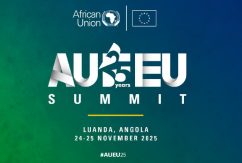













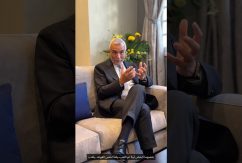
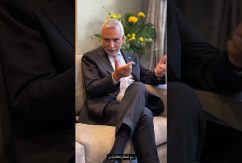







 Syria
Syria 